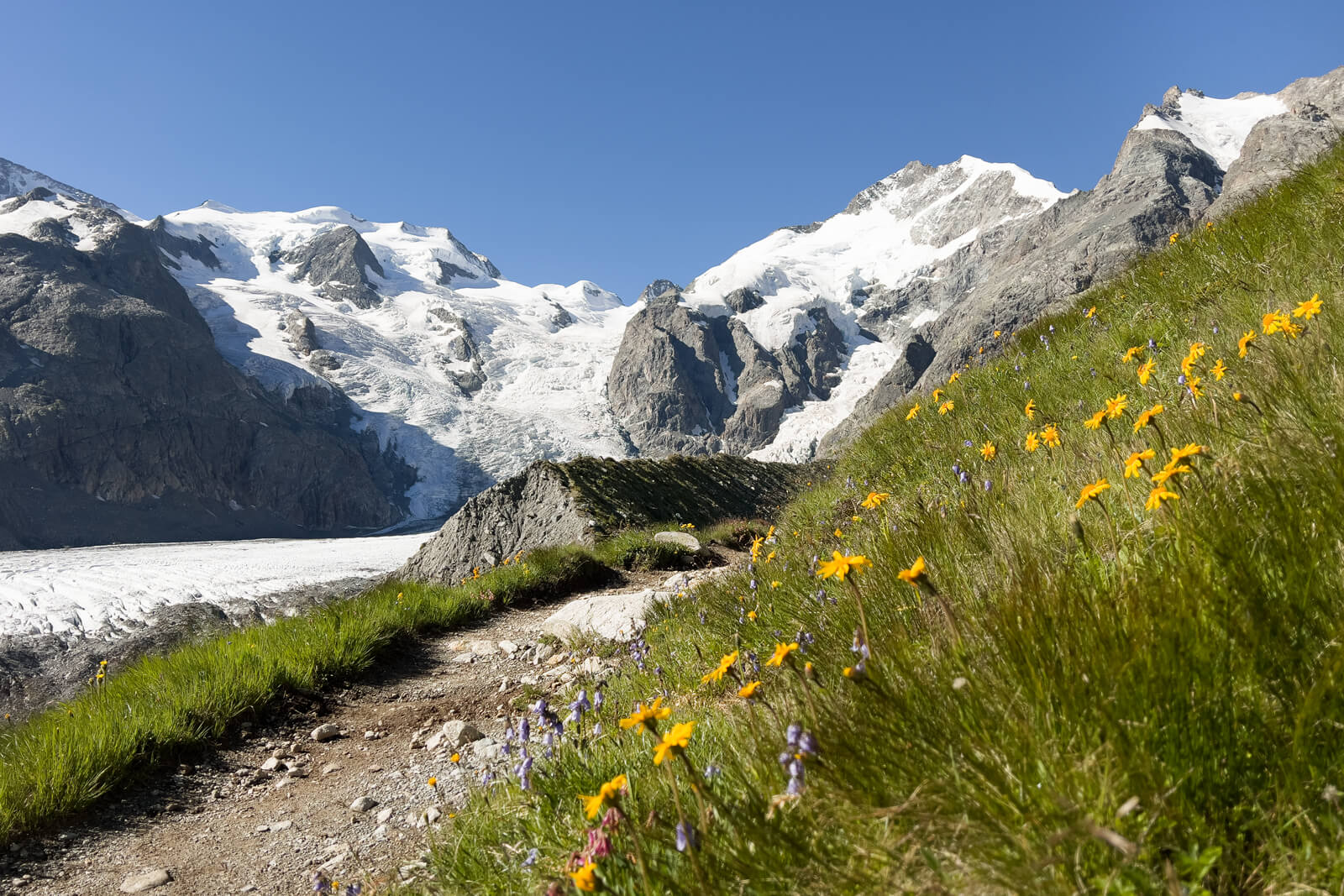
It's 5:37 PM, and the sun is still high in the sky, beating down with all its fury. I think I'm running, but I'm sure that if I were a spectator, I would see myself hobbling like Forrest Gump with his leg braces as I'm about to cross the finish line of the Bernina Ultraks Glacier Marathon.
Having just passed the 42.195 km mark, I already have a finisher medal around my neck. I grab something to drink and plop down on a bench beside another runner.
"Na, wie war's? Wie fühlst Du Dich?" I ask in German.
"Sorry, I don't speak German," the person responds. We get into a conversation, and it turns out he's a runner from Czechia. "Yeah, it was great. Much better than last year," he continues. I ask what the difference was, and he tells me that he broke his wrist last year as he raises his right hand and shows me the scar left behind from the operation. "But I finished," he assures me. I'm left thinking, "What?! Why would you come back?"
Rewind.
Race Day for the Bernina Ultraks 2022
It's 5:30 AM, and I awake after a restless night. I'm staying at the beautiful Hotel Albris in Pontresina. There's a relaxing scent of Swiss stone pine everywhere, but I'm about to venture out on my first mountain race since 2014.
I'm nervous, and after filling my water bottles, double-checking my equipment, and getting dressed, I head down for breakfast. With numerous runners staying at the Albris, the hotel prepared the breakfast buffet for us an hour early.
I help myself to a portion of Birchermüesli, a glass of juice, coffee, and plenty of water. By 6:48, I'm already walking toward the start line. It's eerily quiet, and my fear of having missed the starting shot overtakes me until I see the countdown clock: 42 minutes to go. I walk around and loosen up.
Shortly before the start, I run into some friends, and we take a picture before being ordered into the starting corral. At exactly 7:30, the shot is fired, and we're off.
It's chilly, and the fog is blocking out the sun. If I were unaware of the weather forecast, I would think it would rain. We run along the Ova da Bernina gradually gaining elevation as we run through the forest on a narrow path periodically cut by small streams that you can jump over but still need to watch out for.
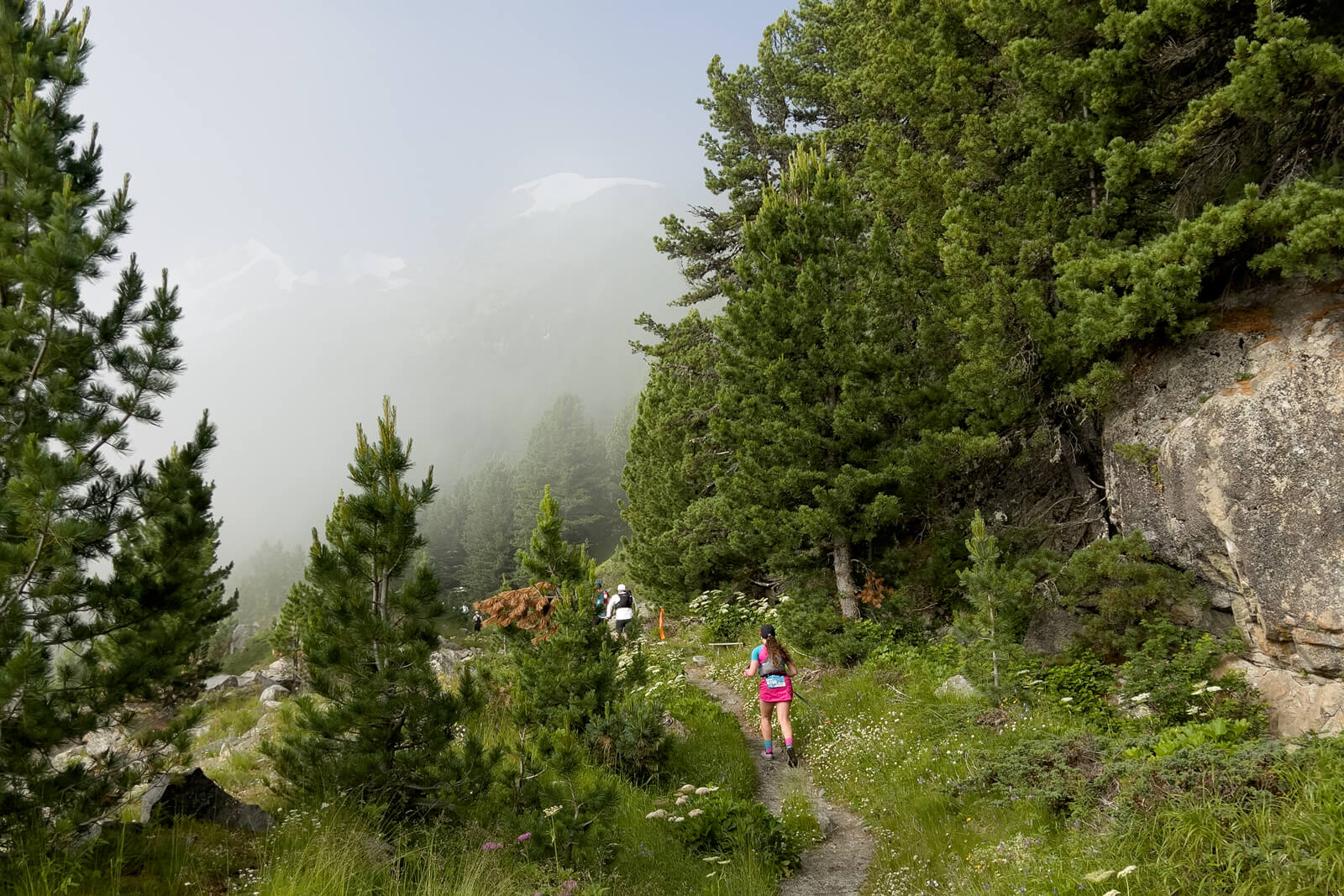
Glimpsing up every once in a while, I see the fog lifting and a blue sky above until... bam! The panorama of snow and ice-covered mountains shimmers in the distance.
I'm running on a cover of National Geographic.
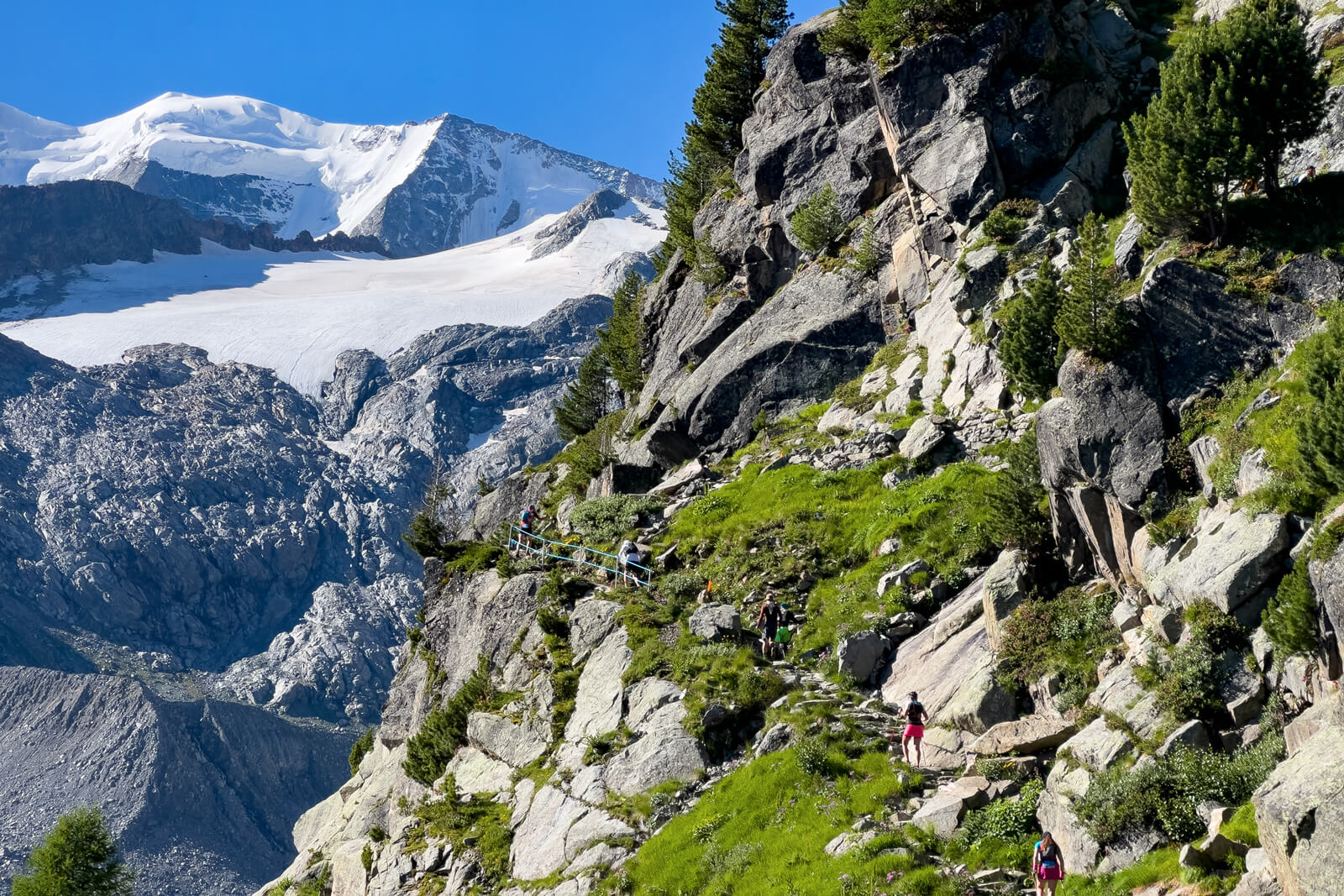
After about 10 km, we reach the first aid station. I feel great. My water is 75% empty, and I need to refill my supplies. The volunteer points to the station on top of the mountain (Diavolezza) across the valley: "That's your next aid station, so make sure you've got plenty of water because it's a march to the top." I'm off again after a sip of coke, a bit of water, and a few pieces of banana.
The path to the moraine leads over a field of boulders. To navigate this is a sheer pleasure if you like the thrill of jumping from stone to stone.
Arriving at the glacier, I see a group of people putting on crampons. The crampons are mandatory equipment and add considerable weight to your pack.
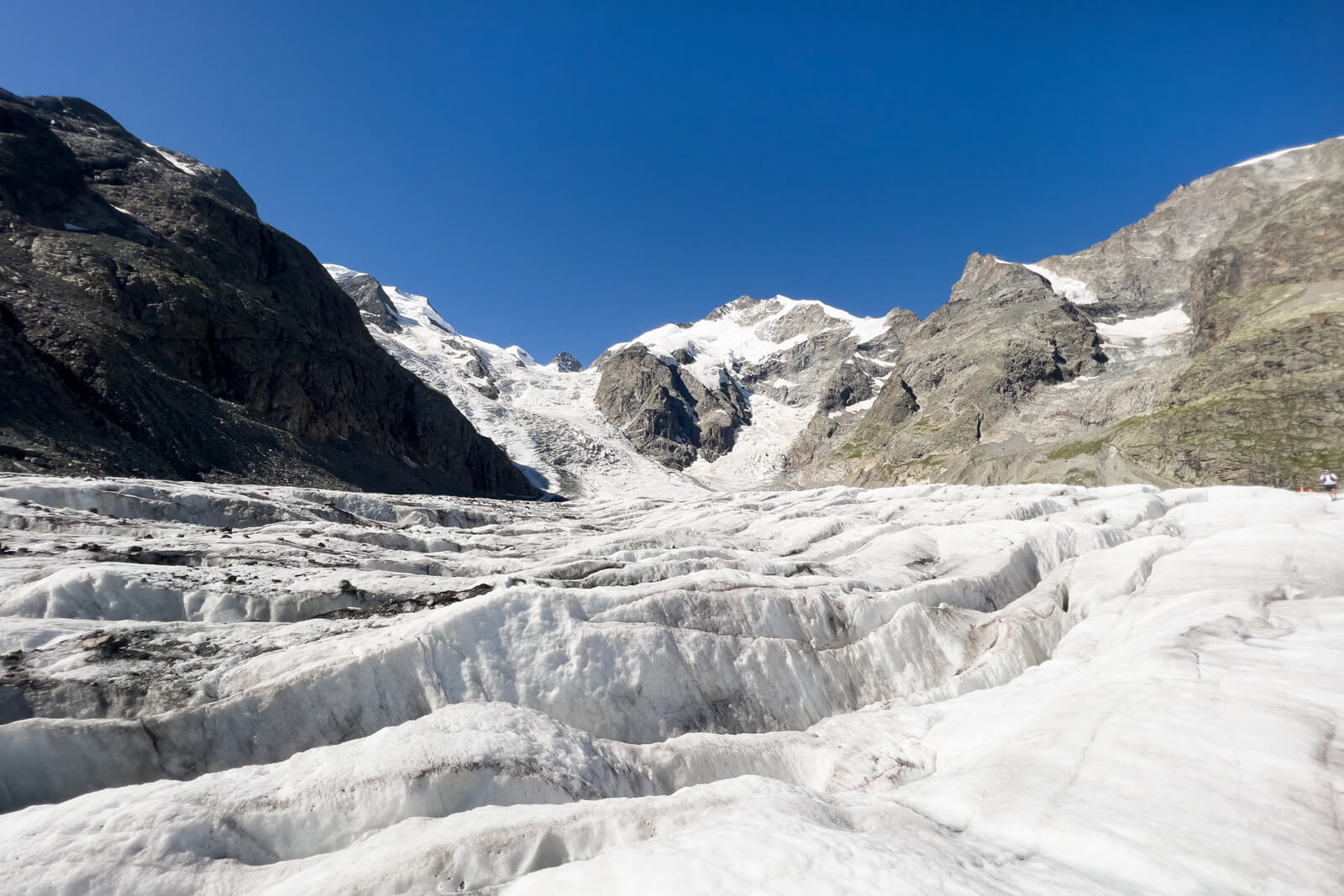
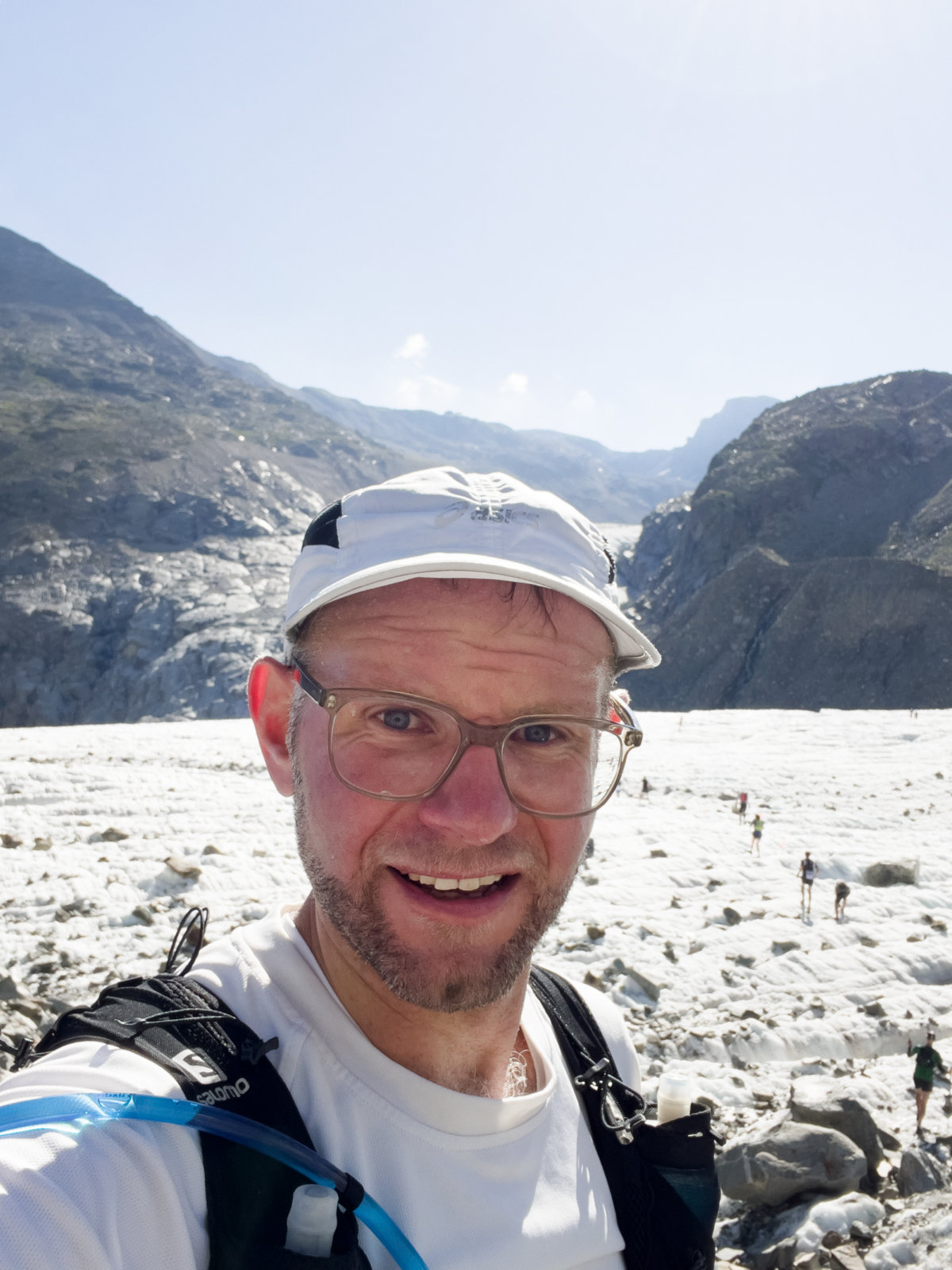
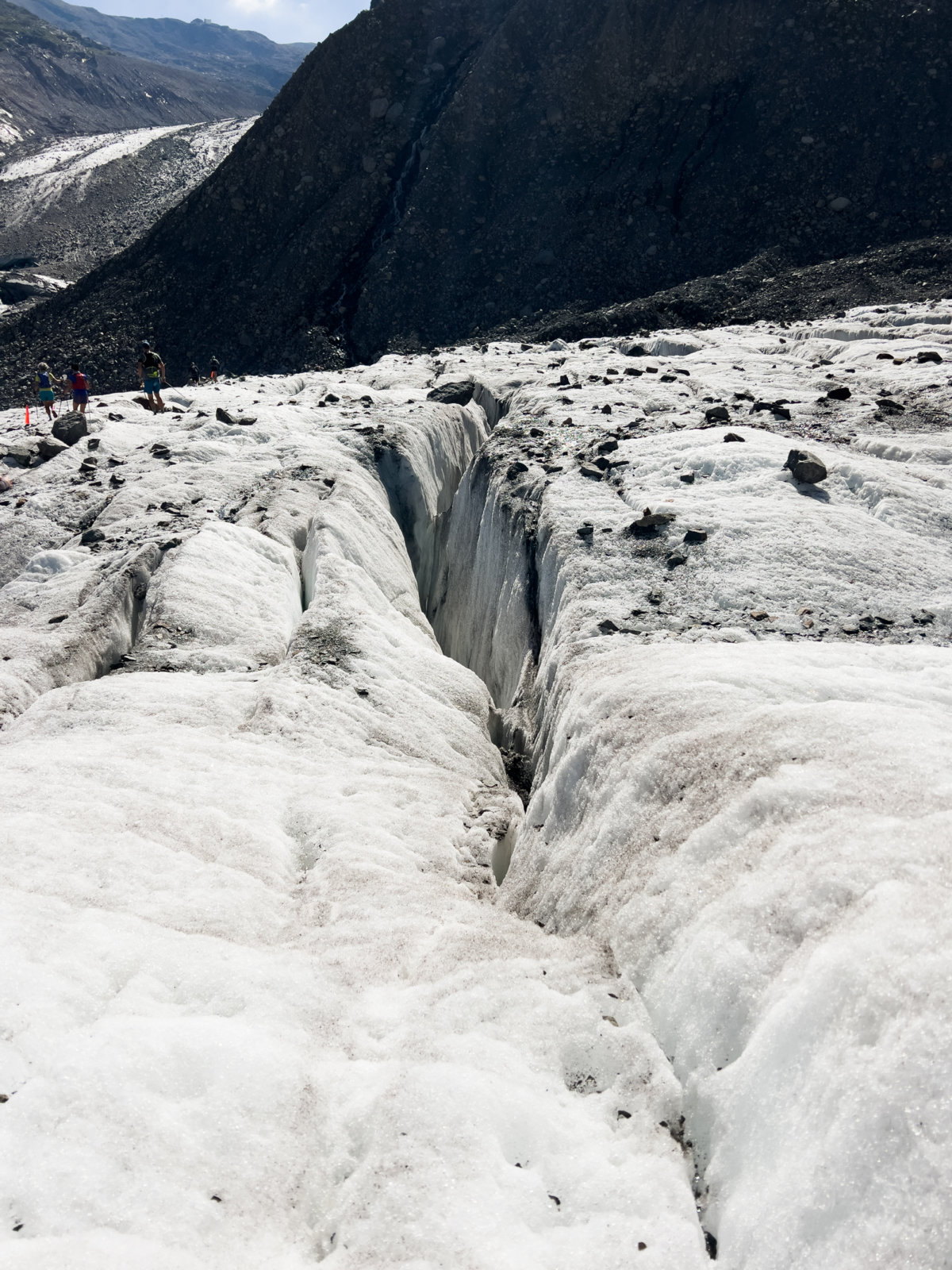
Across the wavy, grey-white-blue surface of the glacier, I see the flags and get excited. I've never been on a glacier. That we are allowed on the Morteratschgletscher bewilders me, but I am thankful.
On the ice, which despite the hot temperatures, still radiates a chill onto the runners that will cool you right down if you're not moving, I see how other runners react.
I take it that I'm not the only one who loves this. I've never seen so many people in their 40s and 50s with smiles on their faces laughing and yelling, "Ach Du Scheisse, ist das geil!" "Woohoo!" and "This is amazing."
You may have seen the video of cows going out to pasture in the spring on YouTube. This was that - but with humans.
On the ice, I see how much the glacier has melted in the past years. The sides of the mountain clearly bear where the ice used to reach. The pools of water and wide fissures in the ice don't make me hopeful, nor does the torrent of water rushing out from below Pers Glacier.
Diavolezza at 2973 meters above sea level
I spend 30 minutes on the ice in total before making it to the grueling ascent up to Diavolezza. I reach the top with sweat dripping off the visor of my cap. The scenery remains breathtaking, and I must take a few pictures before continuing.
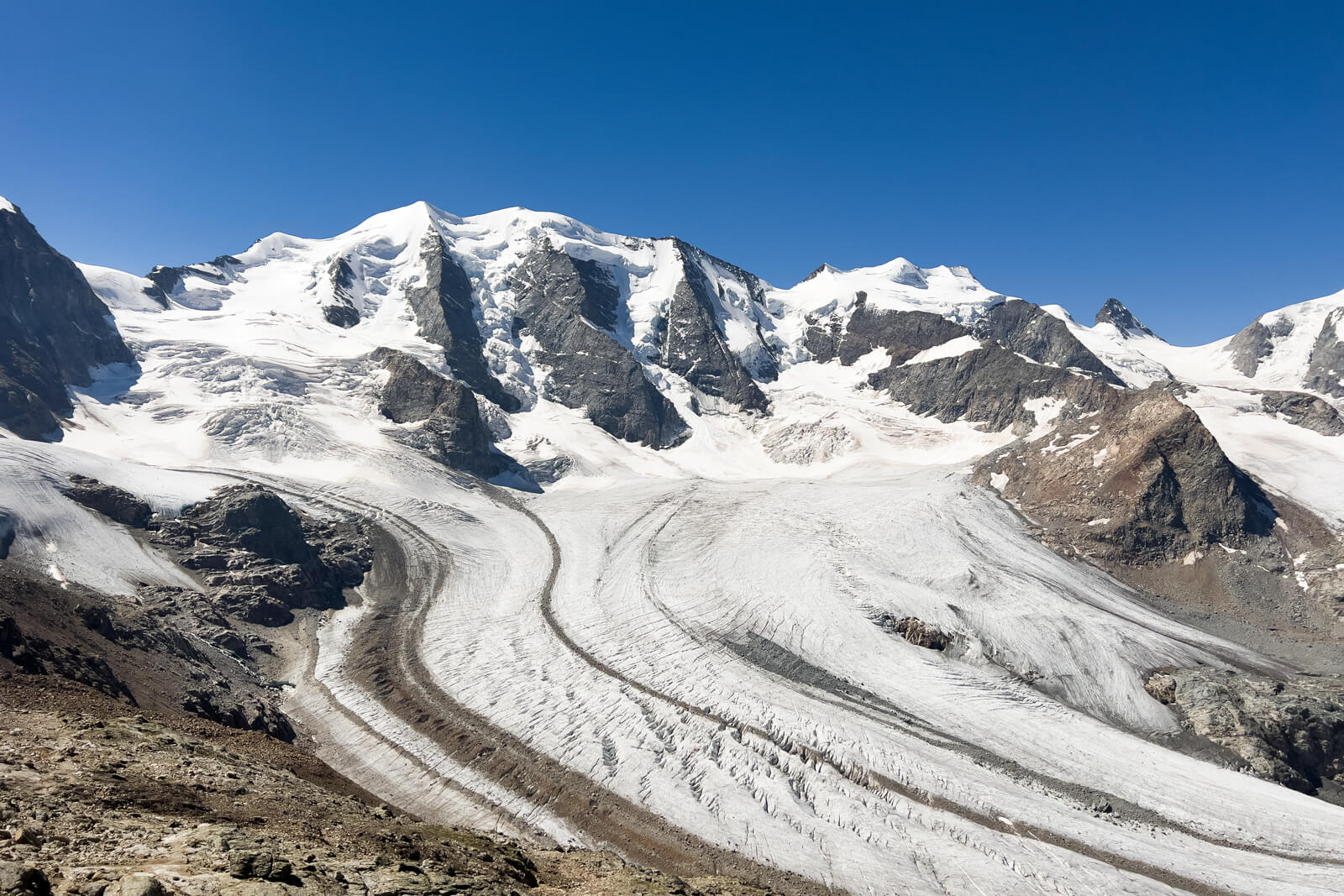
I've been running for four hours and have reached the highest point of the race. Mountain runs have this terrible habit of bringing you up to new heights only to make you go down again. There I go.
The way down to the valley starts with some technical paths before opening up, allowing you to extend your gait and get into a flow. Two German runners pass me for a bit, then I catch up, and we chat. They tell me this is their first marathon. I wish them luck and pass them on the flat towards the next aid station at KM 20.
Arriving there, I have no water left and am now very hungry as I could hardly eat after the ascent. Looking at the sign, I see that I'm less than halfway. I've been running for 5 hours and have another huge climb ahead. There goes my desired 8 to 9 hours for the race. Eat. Drink. Refill. I'm off again.
After trenching through a soggy field that leaves my feet wet and my shoes mud-covered, the ascent starts again.
The sun is now shining in full fury, and I'm sweating like mad. On the ascent, I start passing runners struggling with the heat and the climbs. I can't even see where the pass is.
"When will I get there," I think to myself. Nearly every runner asks me the same question when I pass them. I have no water left, about 70% into the roughly 700-meter climb. The next station is still 5 km away. I need to drink.
Around me, I see waterfalls and hear the rushing of water, but I don't see any place to fill up at all. This is torture. I now know how Tantalus felt. Then I find a small spring and stop to fill up my water. It's above the tree line, and there is no livestock up this high, so I feel safe drinking the water. Several others stop to do the same.
Reaching the top of the pass, I think I've arrived on the moon's surface. It's a stony, barren wasteland. But it's relatively flat, and I can gain some speed again. At this point, I'm running with a couple I've known for several years. We talk about work and other races.
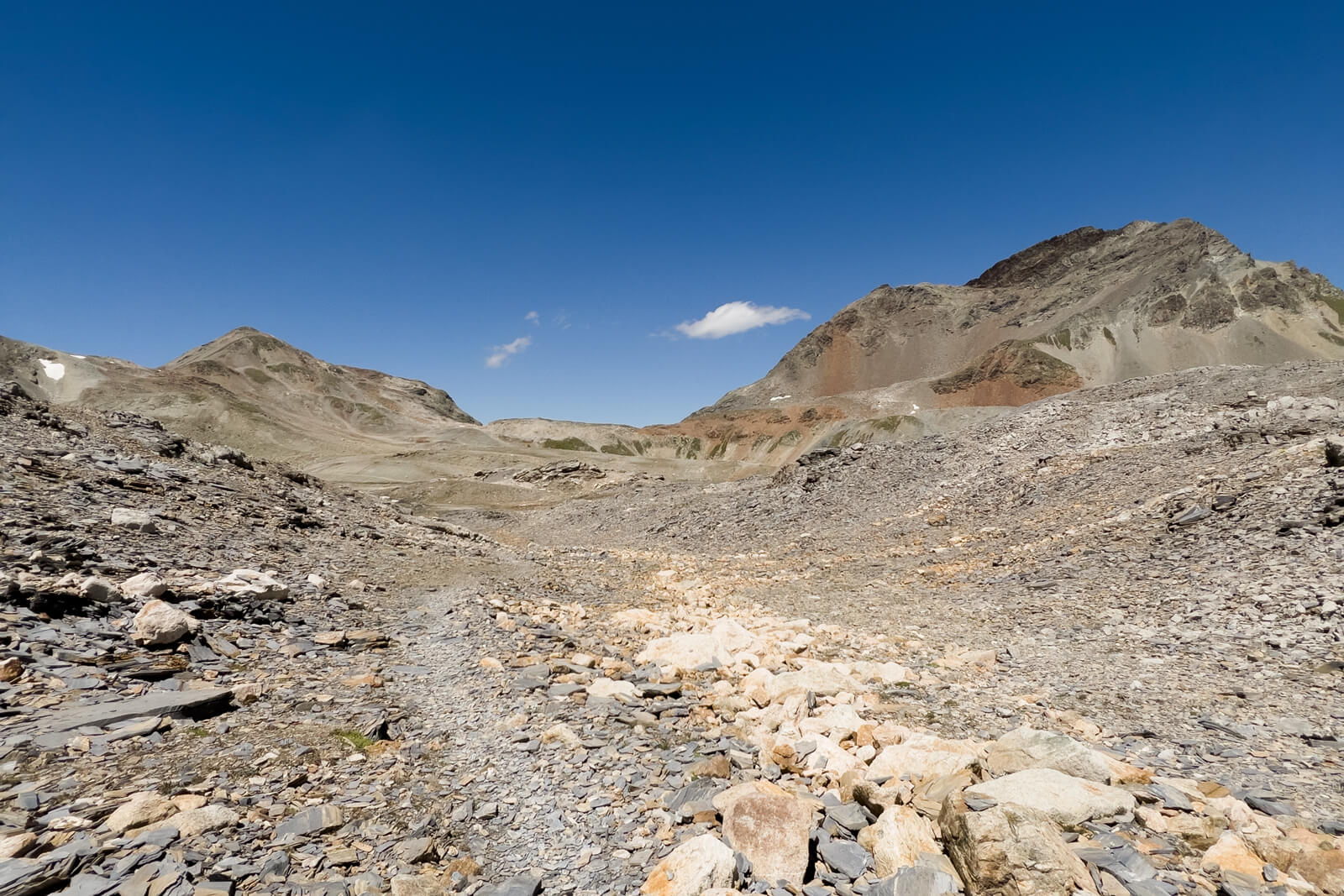
It's nice to have company. We're now on the longest 4 km stretch of the race. Of course, 4 km is 4 km, but this feels so long because we expected the next aid station much sooner. I take a few minutes to rest and catch my breath on a narrow trail with a steep drop-off on my side.
A struggling runner catches up before I continue, and I see he is on the verge of delirium. He needs water, so I give him my water bottle, and we run together for a bit. He's unaware of the cut-off times, and fearing that he won't be allowed to continue, he bolts ahead.
Stunning views to the finish line
At the next aid station, we're told we are just 10 km from the finish with about 350 meters of climb and 900 meters of descent. If other parts of the course are stunning, this stretch is awe-inspiring. The views go on for miles towards the Maloja Pass with Lake St. Moritz, Lej da Champfèr, Lake Silvaplan, and Lake Sils in the distance.
I can't tell if what I see is real or if it's a painting by Alexandre Calame.
From the Segantini Hütte, the race is downhill. I'm not a fast downhill runner, so I get passed by several runners. And then, on the flat, we chase each other; I overtake them, they pass me, and back and forth until the next descent when they can capitalize on me slowing down.
At 5:38 PM, I cross the finish line in Pontresina and quickly look for a place to sit after being on my legs for over ten hours.
As I sit and wonder why anyone would rerun this race after breaking their wrist on it, I think back to the unique views and adrenaline I experienced and think to myself, "Of course, I would run this race again."
And the next day, with tight leg muscles, my girlfriend and I went up to Alp Languard so that I could do the stretch from there to the Segantini Hütte again with a deviation to Muottas Muragl.
If you're a mountain runner, the Bernina Ultraks Glacier Marathon is a memorable race you must put on your bucket list before the glaciers disappear.
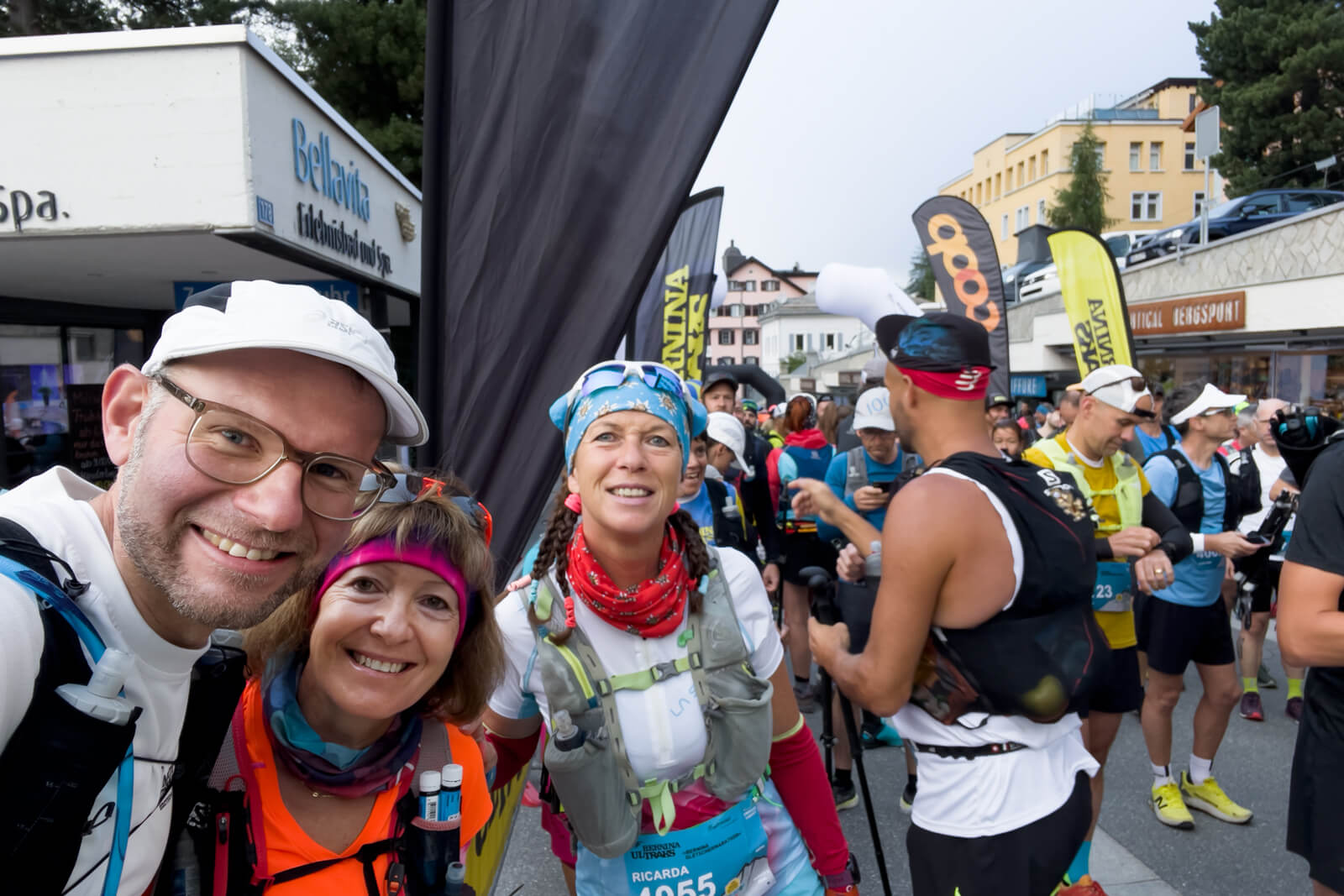
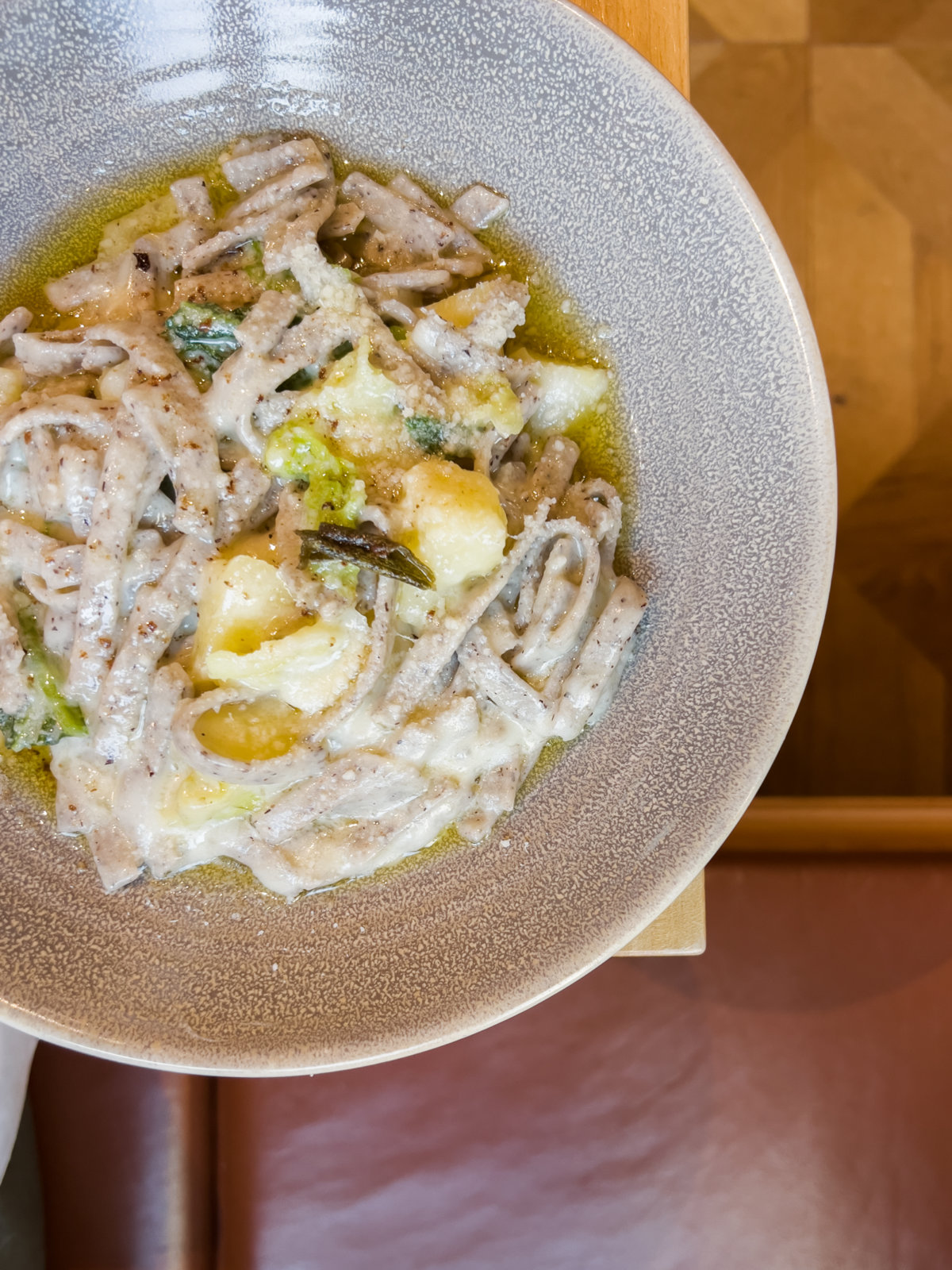
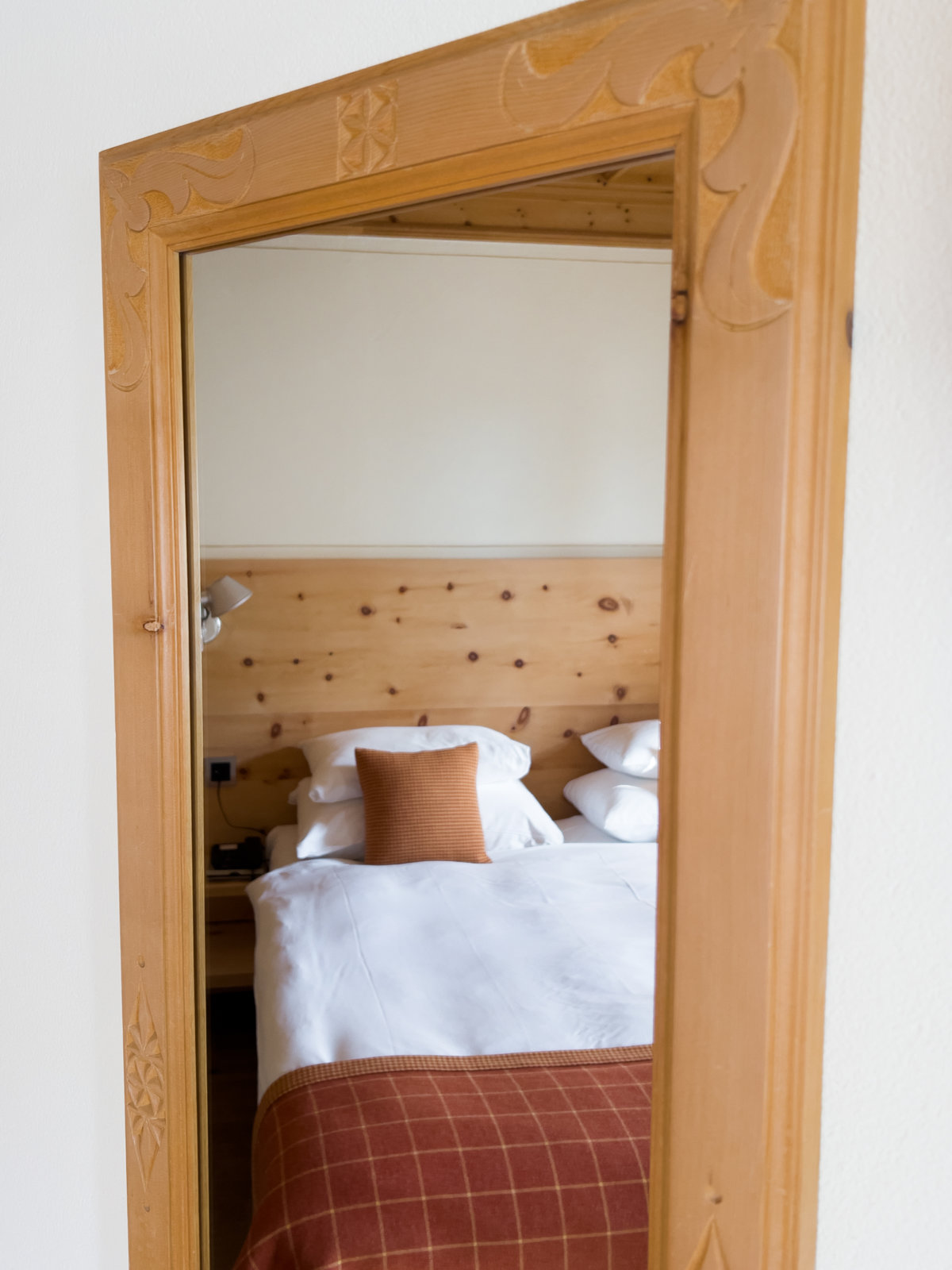

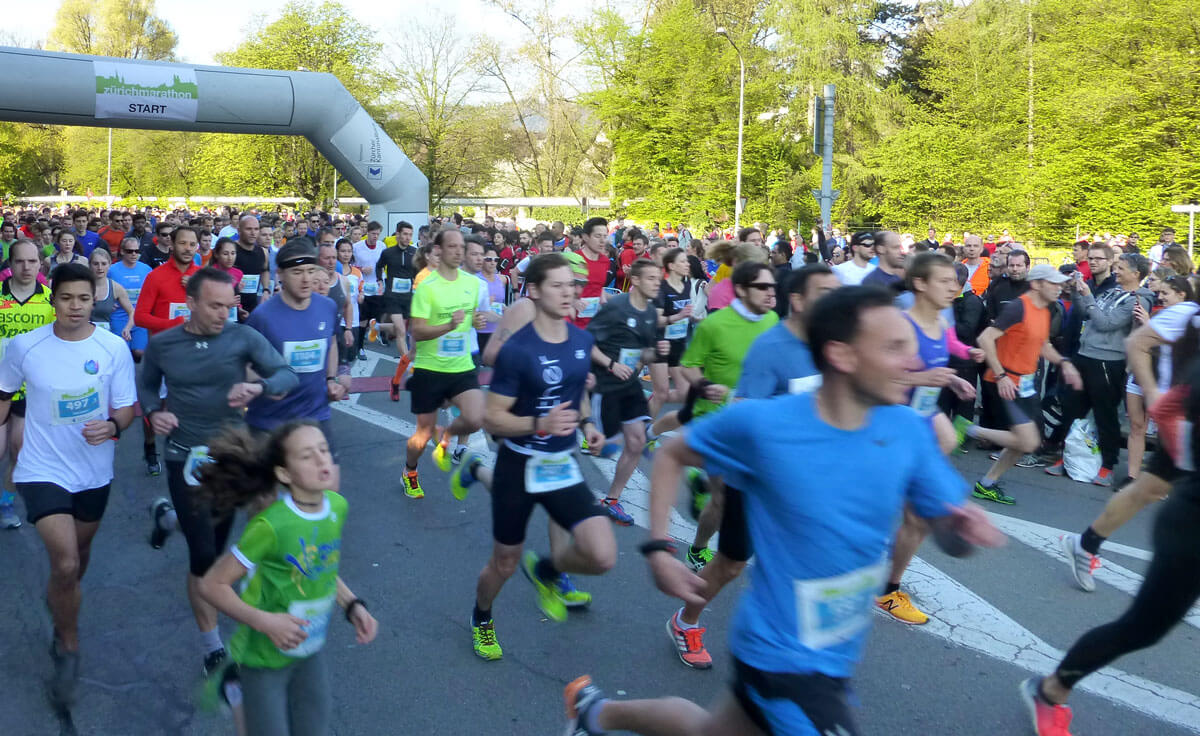
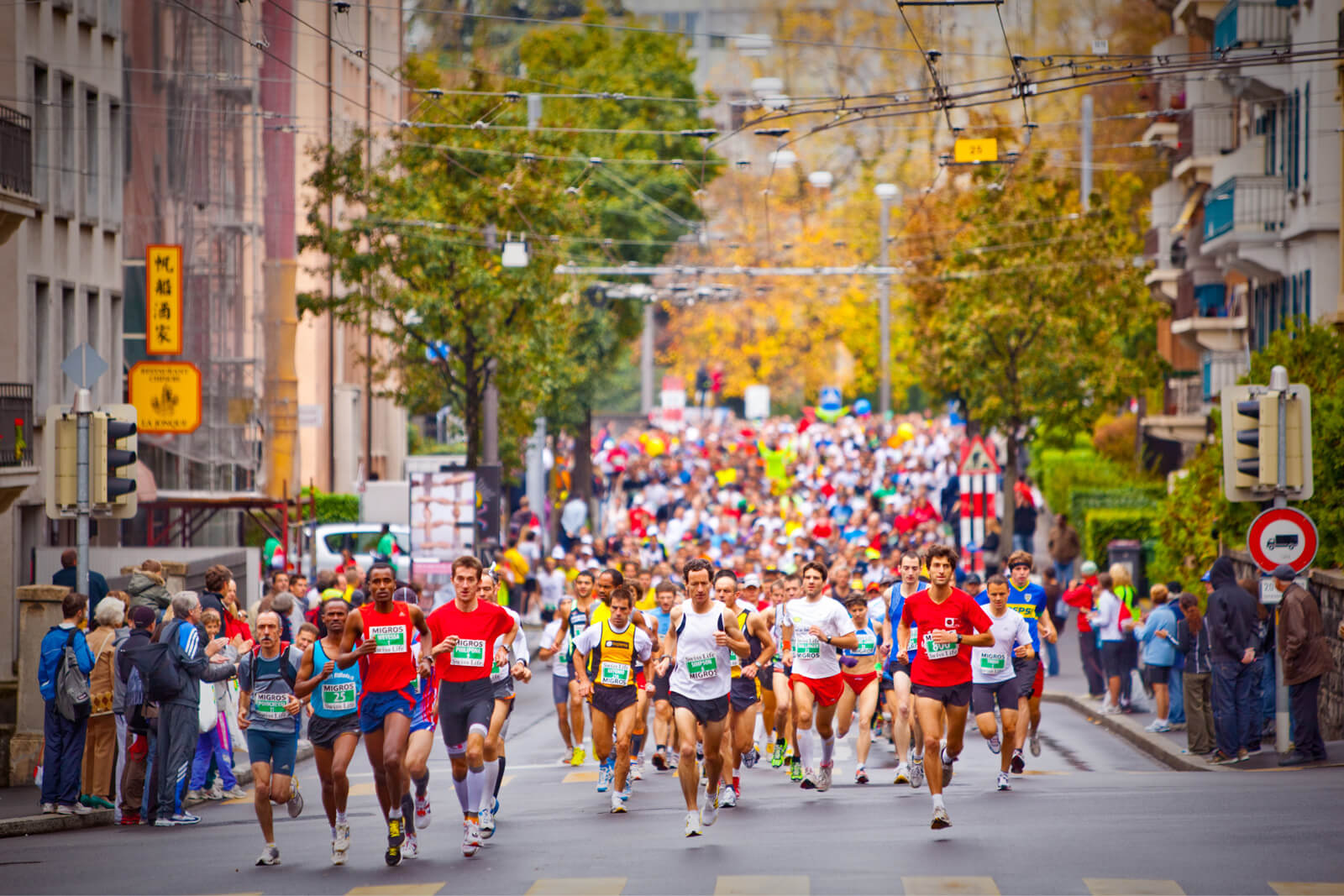
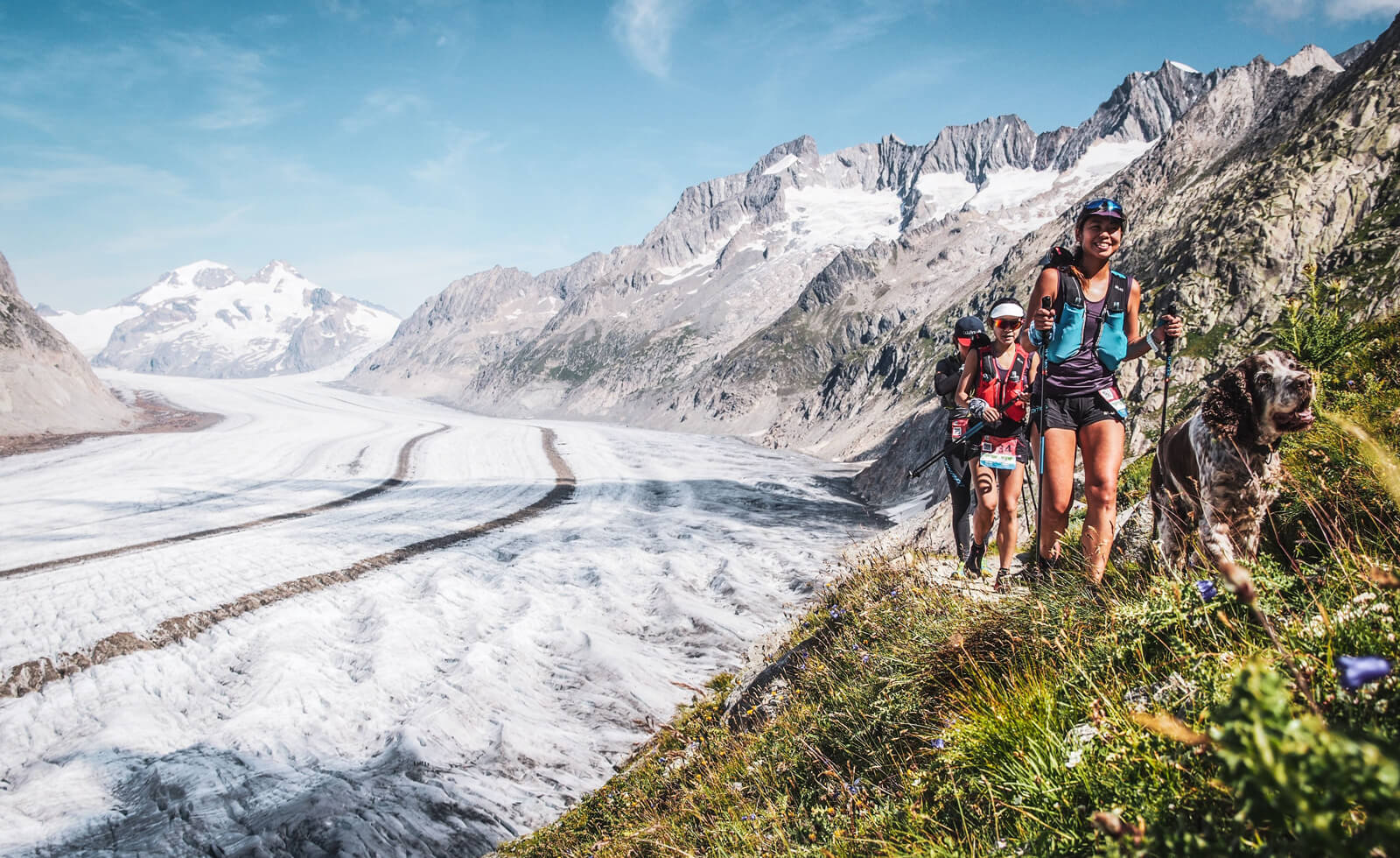
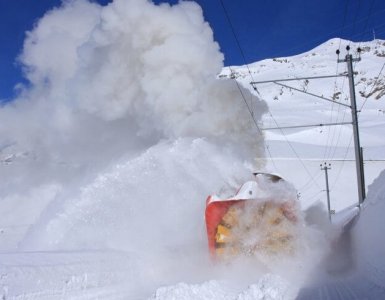
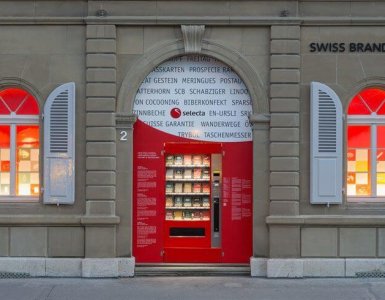
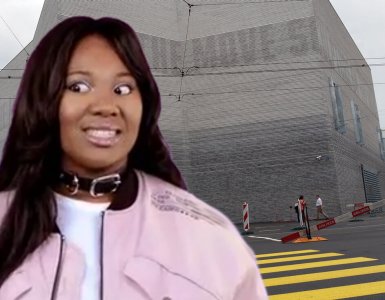

Add comment